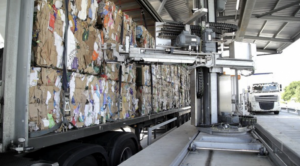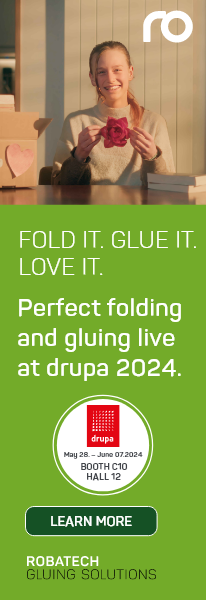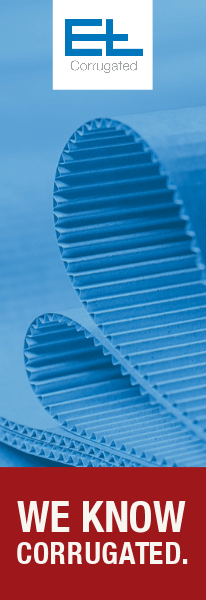New figures from DS Smith have revealed the alarming amount of plastic waste that ends up in UK paper and cardboard recycling streams. In the last year alone, their Kemsley Paper Mill measured enough plastic contamination to fill up to 4.8 million black bin bags. The stark figure, based on tests using new near infrared technology, reveals just how widespread the issue of rogue plastic is and further highlights the importance of quality controls across the recycling industry.
The mill introduced state of the art quality measurement tools, including Near Infrared technology, to assess the quality of material arriving from household and commercial collections. The process allows them to identify the worst offenders and proactively work with them to improve segregation and collection methods. To mitigate against the issue and ensure as much paper is recovered as possible, DS Smith’s own collection infrastructure implements an eight-step process to ensure plastic riddled bales are separated and sorted for further processing before they arrive at the mill.
Jochen Behr, Head of Recycling for DS Smith commented, “Introducing state-of-the-art monitoring equipment at our mill has allowed us to be forensic about the quality of material that we process in the UK. It is important that the right materials end up at the right recycling facility. We have argued for many years on the importance of quality material for recycling and the importance of separate collections to ensure that paper and cardboard can be easily recycled, therefore underpinning their qualities as important contributors to the circular economy.”
The importance of collection streams and tackling the issues of plastic contamination at source, have been revealed by the new data provided. Paper and card are more likely to be contaminated by plastics when it comes from mixed recycling collections – where materials such as glass, cans, paper and plastics are collected together – as opposed to segregated collections. In some cases, the amount of contamination can double. As such, the company is calling for more local authorities to adopt collections where these materials are separated.




